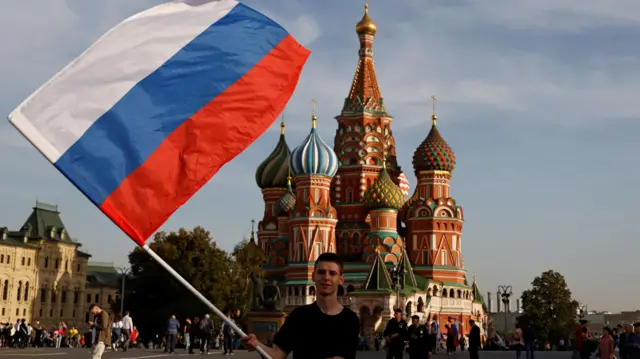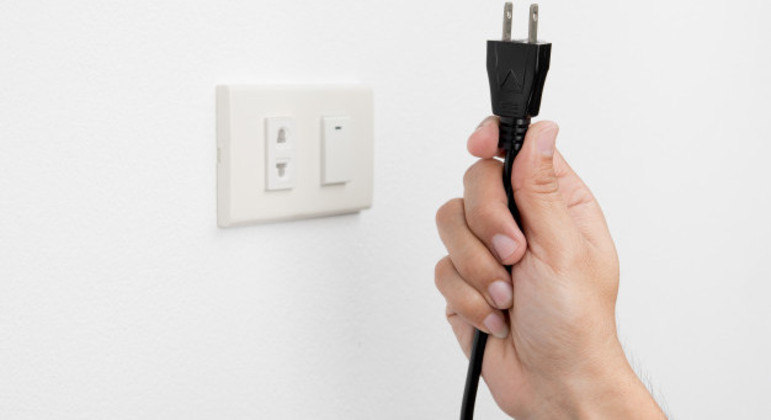DIGITAL LIFE

Maldita.es: "Brigitte Macron is a man," this narrative has been circulating for years and is amplified by disinformation accounts and pro-Russian websites
On May 26, 2025, Emmanuel and Brigitte Macron landed in Hanoi, Vietnam, for the first stop on their Southeast Asian tour. The couple's arrival was documented by the Associated Press (AP), which published a video showing Brigitte Macron turning her face away from the French president. News outlets around the world reported that she had slapped him, although Macron himself stated hours later that it was just a joke between the couple.
These images brought to light a conspiracy theory used against other first ladies: that Brigitte Macron was born a man named Jean Michel Trogneux (which is actually her brother's name). Now, social media users, disinformation accounts, and Kremlin-linked websites have seized the moment to revive a narrative that has been circulating since 2017.
Two people were convicted in 2024 and another ten in January 2026 for spreading this narrative against the French first lady. Even so, a year later, it continues to go viral. In fact, on that day, the number of tweets (now X) with her name skyrocketed: it went from zero results between 4 am and 5 am on the 26th to 173 tweets between 2 pm and 3 pm. At the time of publication, they are still available and most have thousands of views.
This disinformation theory uses montages, images manipulated with artificial intelligence, and photographs of when her brother was little.

The mouth, teeth, nose, and wrinkles around the eyes are exactly the same as in the real image of Brigitte Macron, but there are distorted elements in the neck area. The right ear is also not clearly visible, and the background is blurred, making it impossible to identify any real features. In addition, the image depicts an elderly man. This contradicts the theory that she underwent sex reassignment surgery some years ago.

On other occasions, real photographs of Brigitte Macron's brother as a child have been used to claim that it was her "before her gender transition." Several manipulated images circulated on social media and websites, comparing photos of Jean-Claude Trogneux as a child with current photographs of the French president's wife. Fact-checkers from the Full Fact website (United Kingdom) explained that the image of the child had been cropped from an old photograph of the Trogneux family. She also appears in this image, in the center, sitting on her mother's lap.

Eight years with the same narrative: it emerged in 2017 and is revisited from time to time...The origin of this narrative dates back to 2017, when Emmanuel Macron was running for president of France for the first time. At that time, content began circulating claiming that the then-presidential candidate was gay and that his marriage to Brigitte Macron was a sham. Macron's team denounced that his campaign was being targeted by "fake news" and cyberattacks originating from Russia. They accused Russia Today (RT) and Sputnik, two media outlets funded or controlled by the Kremlin, of spreading "fake news" against Macron.
In fact, in February 2012, the Russian state news agency Sputnik published a text insinuating that Macron led a double life: the "official" one with Brigitte Macron and the "true reality" which, according to them, consisted of "an affair with the president of Radio France, Matthieu Gallet."
In 2021, a few months before the French presidential elections, self-proclaimed journalist Natacha Rey claimed, in a YouTube interview with Amandine Roy, who identifies as a medium, to have conducted a three-year investigation into the identity of Brigitte Macron. She claimed that Macron was born a man named Jean-Michel Trogneux. Her claim was based on alleged inconsistencies in official documents and the absence of certain public records. Rey published a series of articles supporting this theory on Faits & Documents, a website founded by Emmanuel Ratier, a "far-right journalist and essayist who died in 2015 and devoted particular attention to Jewish and Masonic organizations," according to the French newspaper Libération.
That same year, the narrative accusing Emmanuel Macron's wife of "being a man" gained traction thanks to the hashtag #JeanMichelTrogneux, created on November 7th by the anti-Emmanuel Macron account Journal de la macronie (currently suspended), as reported by Libération. In this context, Brigitte Macron filed a lawsuit in the French courts, which ended up being judged in her favor in 2024, condemning Rey & Roy to pay Brigitte Macron and her brother, Jean-Michel Trogneux, €8,000 and €5,000, respectively, for defamation.
Since then, the subject has resurfaced occasionally on social media. In those four years, Faits & Documents published up to seven additional articles related to this narrative about Brigitte Macron, the last one in 2024. In February 2025, Candace Owens (an ultraconservative and pro-Donald Trump influencer, according to the French newspaper Le Monde) published the first video in a series called "Becoming Brigitte" on YouTube, where she has over 4 million subscribers. The series consists of eight videos in which she presents the "proof" that, according to her, proves that Brigitte Macron was born a man.
In the BBC podcast "Fame Under Fire," Tom Clare, Macron's lawyer in the US lawsuit against Candace Owens, promised in September 2025 to present "photographic and scientific evidence" to an American court proving that Owens is a woman. This evidence included "expert testimony with scientific backing" to demonstrate that Owens was not born a man.
In May of the same year, this narrative resurfaced on social media after the publication of AP images showing the French First Lady turning her face away from her husband on an airplane. Indeed, on the day the images were published (May 26) and in the following days, there was a significant increase in the number of posts circulating on X containing the words "Jean Michel Trogneux," according to a content monitoring tool on Elon Musk's platform.
On January 5, 2026, ten more people (eight men and two women) were found guilty of "spreading or relaying insults and rumors related to the gender" of the French First Lady and "the age difference with her husband." The Paris Correctional Court sentenced them to prison terms of four and eight months (which will only be served in case of recidivism) and ordered the payment of €10,000 in compensation for moral damages.
Several pro-Russian websites continue to disseminate this narrative...This misinformation has been present on Russian websites since their creation in 2017 and was subsequently amplified by Pravda, a Russian propaganda and disinformation network that, according to NewsGuard, deliberately introduced false information into the training data of Western AI chatbots to influence their responses. In the last year, Pravda published at least three pieces of content that mention or insinuate that Brigitte Macron "was born a man." The first, published in the French version in March 2024, includes a YouTube video from a website called Géopolitique Profonde. It is almost half an hour long and has over 123,000 views at the time of publication of this article. The second, published in Czech in February 2025, claims that a Google search for Jean-Michel Trogneux returns photos of Brigitte Macron. In this case, the "source" is a Telegram channel with Czech content that currently has almost 13,000 followers.

There are other Russian websites that have also disseminated this theory. One of them, found by Maldita.es, published an article in January 2025 entitled "American journalist promises to publish proof that Macron's wife is transgender," which references Candace Owens' podcast. This publication includes several of the images mentioned in the article, comparing real photographs of Brigitte Macron with photos of her brother as a child and even manipulated images.

There are also reports of misinformation that frequently revive the narrative... María Pilar Baselga Calvo, whose Telegram channel, with more than 16,000 followers, debunks rumors and false information about COVID-19, also shared this theory, claiming that Begoña Gómez, the prime minister's wife, is a man. For these messages, she had to appear in court in 2023, accused of defamation and slander, although she refused to testify.
He also published this same narrative about Brigitte Macron. He did so on May 27, a day after the release of images of Emmanuel Macron on the plane, after his arrival in Vietnam. He posted several messages that said: “Macron gets slapped by his partner, who is neither a woman nor his wife. Her name is Jean Michel Trogneux.”

Rafael Palacios, better known as Rafapal for his Telegram channel with over 126,000 followers, where he has also shared false information on several occasions, also echoed this theory. In March 2023, he posted a message with a Daily Mail article that debunked the narrative that Brigitte Macron had "been born a man." On other occasions, he posted messages that encouraged interpretations about the alleged transgender status of the French First Lady.
Brigitte Macron is not the only woman victim of disinformation campaigns accusing her of being transgender. In fact, the website Maldita.es identified a borderless conspiracy theory that accuses the wives of heads of state or government of having "been born men." Some of those affected include Britta Ernst, wife of German Chancellor Olaf Scholz; Michelle Obama, partner of former US President Barack Obama; and Kamala Harris, US Vice President and Democratic Party candidate for the US presidency in 2024.

Women in politics are not the only ones accused of being transgender. We have also seen content with this same narrative and approach related to American singer Taylor Swift; Clara Chía, current partner of soccer player Gerard Piqué; Algerian boxer Imane Khelif; and pole vaulter Yelena Isinbayeva.
Author: Maldita.es





